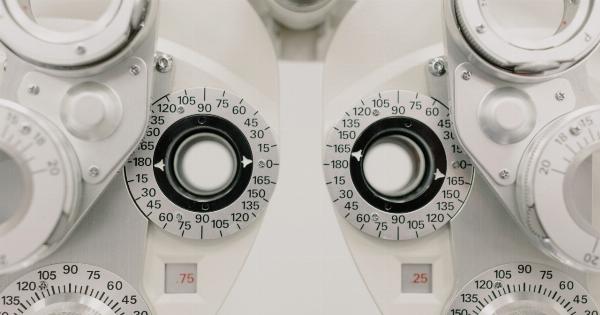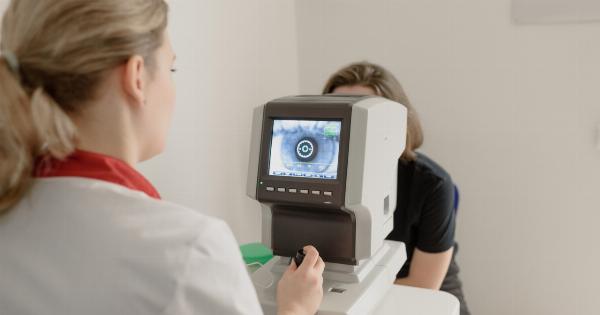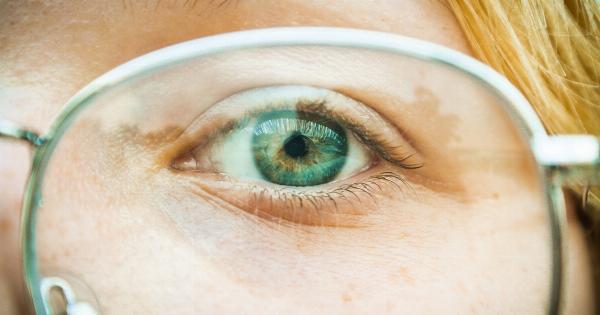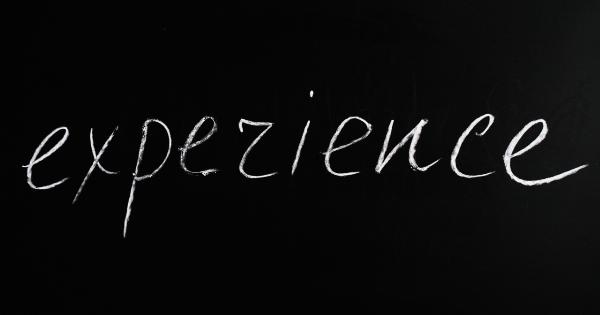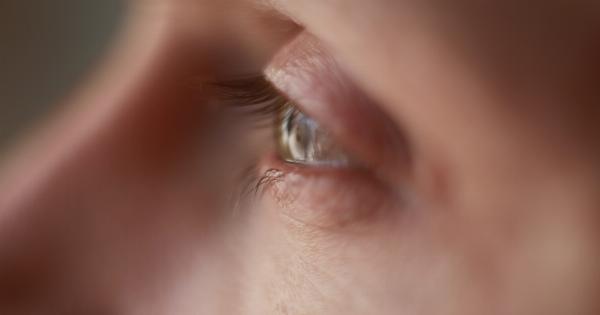Amblyopia, also known as lazy eye, is a common condition that affects vision during childhood. It occurs when the brain and the eyes do not work together properly, resulting in reduced vision in one eye.
This condition usually develops in early childhood and can continue into adulthood if left untreated. Understanding amblyopia is crucial to ensure timely diagnosis, effective treatment, and the prevention of long-term vision problems. In this article, we will explore the causes, symptoms, diagnosis, and treatment options for amblyopia.
Causes of amblyopia
Amblyopia can be caused by several factors:.
1. Strabismus
Strabismus, commonly known as crossed eyes, is a condition in which the eyes do not align properly. One eye may turn inward or outward while the other eye focuses on a particular object.
When one eye is misaligned, the brain may receive conflicting visual signals, leading to the suppression of the images from the misaligned eye. Over time, the brain may favor the other eye, resulting in amblyopia.
2. Refractive errors
Refractive errors, such as nearsightedness, farsightedness, and astigmatism, can also contribute to the development of amblyopia.
When one eye has significantly different refractive errors compared to the other eye, the brain may rely more on the eye with better focus, causing the vision in the other eye to deteriorate.
3. Deprivation
Deprivation amblyopia occurs when there is a physical obstruction in one eye that prevents clear vision from reaching the retina. This obstruction can be due to cataracts, corneal clouding, or any other condition that obscures the passage of light.
If not treated promptly, the brain may fail to develop proper visual connections with the affected eye, leading to amblyopia.
Symptoms of amblyopia
The symptoms of amblyopia may vary depending on the underlying cause and the severity of the condition. Some common signs of amblyopia include:.
1. Poor depth perception
Amblyopia can affect depth perception, making it difficult for individuals to accurately judge distances or perceive the relative positions of objects in space.
2. Squinting or closing one eye
Children with amblyopia may squint or close one eye to try and improve their vision. This compensatory mechanism is an unconscious attempt to eliminate double vision or to enhance visual clarity in the stronger eye.
3. Tilted or turned head
In some cases, children may tilt or turn their head to one side when looking at objects, as this position may provide a clearer image in the stronger eye.
4. Decreased visual acuity
The most common symptom of amblyopia is reduced visual acuity in one eye. The affected eye may have blurry or fuzzy vision, and the individual may struggle to see clearly even with glasses or contact lenses.
Diagnosing amblyopia
Early diagnosis of amblyopia is crucial for successful treatment. Regular eye exams, starting from infancy, can help detect any abnormalities in visual development. During an eye examination, various tests may be performed to diagnose amblyopia:.
1. Visual acuity test
A visual acuity test measures the sharpness of vision. It involves reading letters or symbols from a distance using an eye chart. This helps determine if one eye has significantly poorer vision compared to the other.
2. Refraction test
A refraction test is conducted to determine the refractive error present in each eye. This helps identify any significant differences in the prescriptions between the eyes, which may contribute to the development of amblyopia.
3. Cover test
A cover test is used to detect strabismus. By covering one eye, the doctor can observe the movement of the uncovered eye. If the uncovered eye moves or appears misaligned, it could indicate strabismus, which may contribute to amblyopia.
4. Visual inspection
During a visual inspection, the doctor examines the eyes, eyelids, and surrounding structures to identify any physical obstructions or abnormalities that could cause amblyopia.
Treatment options for amblyopia
1. Corrective lenses: In cases where refractive errors contribute to amblyopia, prescription glasses or contact lenses can help improve visual acuity.
By ensuring both eyes have clear and equal vision, the brain is encouraged to use the weaker eye, gradually improving its function.
2. Atropine eye drops: Atropine eye drops are sometimes used to temporarily blur the vision in the stronger eye. This encourages the brain to rely on the weaker eye, stimulating its development and improving visual acuity.
3. Patch therapy: Patch therapy involves covering the stronger eye with a patch, forcing the brain to rely on the weaker eye. By using the weaker eye more often, its visual function improves over time.
4. Vision therapy: Vision therapy includes a variety of eye exercises and activities designed to improve coordination between the eyes and strengthen the visual system.
This can be beneficial for individuals with amblyopia, especially those with underlying convergence insufficiency or other binocular vision problems.
5. Surgery: In some cases of amblyopia caused by strabismus, surgery may be necessary to align the eyes properly. Surgical intervention can help correct the misalignment and improve the visual function of the affected eye.
Preventing amblyopia
While it may not always be possible to prevent amblyopia, early detection and treatment are essential for minimizing its impact. Regular eye examinations throughout childhood can help identify any vision problems, allowing for prompt intervention.
It is recommended for infants to have their first comprehensive eye exam at around 6 months of age, followed by subsequent exams as advised by the eye care professional.
Conclusion
Amblyopia, or lazy eye, is a vision condition that affects many children worldwide.
By understanding the causes, symptoms, diagnosis, and treatment options for amblyopia, parents, caregivers, and healthcare professionals can work together to promote timely intervention and minimize vision loss. Remember, early detection and treatment are key to optimizing vision outcomes for children affected by amblyopia.













